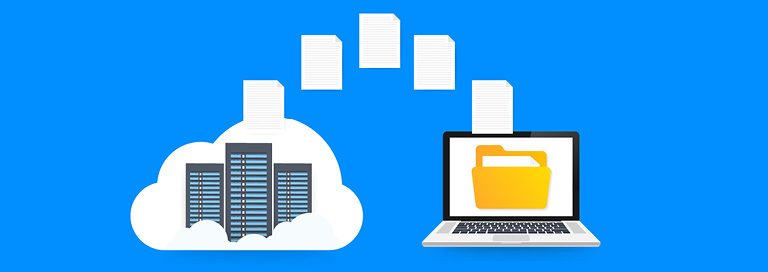Although the concept of the cloud in terms of multiple users sharing computer resources has been around since the 1960s, the modern version of the cloud didn’t start to take shape until the late 1990s. Then came Salesforce, Amazon, Google and others with now ubiquitous cloud offerings that can be accessed from any device. Despite the popularity and prevalence of cloud services, many users still don’t fully understand the cloud and mistakenly lump certain cloud services together.
Take cloud sync, cloud storage and cloud backup – three different services with different functions. Cloud sync allows you to make files shareable. Files are saved in a certain folder on your device, automatically synced to a cloud platform such as Google Drive or Dropbox, and made accessible to authorized users through an app or website. This eliminates the need to email files back and forth.
Cloud storage provides you with access to as much storage capacity as you need so you don’t have to continually add hardware to your on-premises environment. Instead of saving files locally and having them sync to the cloud, you can save them directly to a cloud service provider’s storage environment.
Cloud backup automatically backs up your data to a cloud server. If you accidentally delete a file, your server crashes or you suffer some kind of disaster, you can quickly restore your data from the cloud instead of waiting for data to be retrieved from an external hard drive or tape.
There is certainly some overlap between cloud sync, storage and backup. For example, data synced or backed up to the cloud ends up in a cloud storage environment. Some cloud backup solutions have sync-and-share functionality. But neither cloud sync or cloud storage should be viewed as a cloud backup solution.
Suppose you put files in Google Drive. You may consider those files backed up. But in that scenario, you have to manually place a file in the cloud sync platform to back it up. If you have to restore large volumes of data to recover from a disaster, the process is slow and complex with cloud sync. Also, what about your other files that haven’t been saved in that Google Drive folder? How will you restore those files should disaster strike?
Cloud backup solutions are designed specifically for business continuity. Not only can you restore data and applications quickly and securely, but the cloud backup tool will retain the file system structure so that you can quickly rebuild your systems and locate your data. Similarly, cloud storage is intended for storage, not backup or disaster recovery. A cloud storage system won’t automatically look for new or modified files to backup or allow you to schedule backups.
The Datto SIRIS platform enables you to back up and restore data from local, virtual and cloud environments. SIRIS generates image-based backups that can be immediately virtualized within the local SIRIS device or the Datto Cloud and booted up when necessary. With a few clicks, you can virtualize your entire infrastructure. Datto SIRIS also uses advanced screenshot verification to confirm that a backup is viable and has not been modified or corrupted.
A cloud sync or storage solution might seem like an acceptable backup solution – until disaster strikes and you need to recover your data to resume normal business operations. Let us show you how Datto’s SIRIS solution provides reliable, secure cloud backup to protect your data and minimize downtime.




